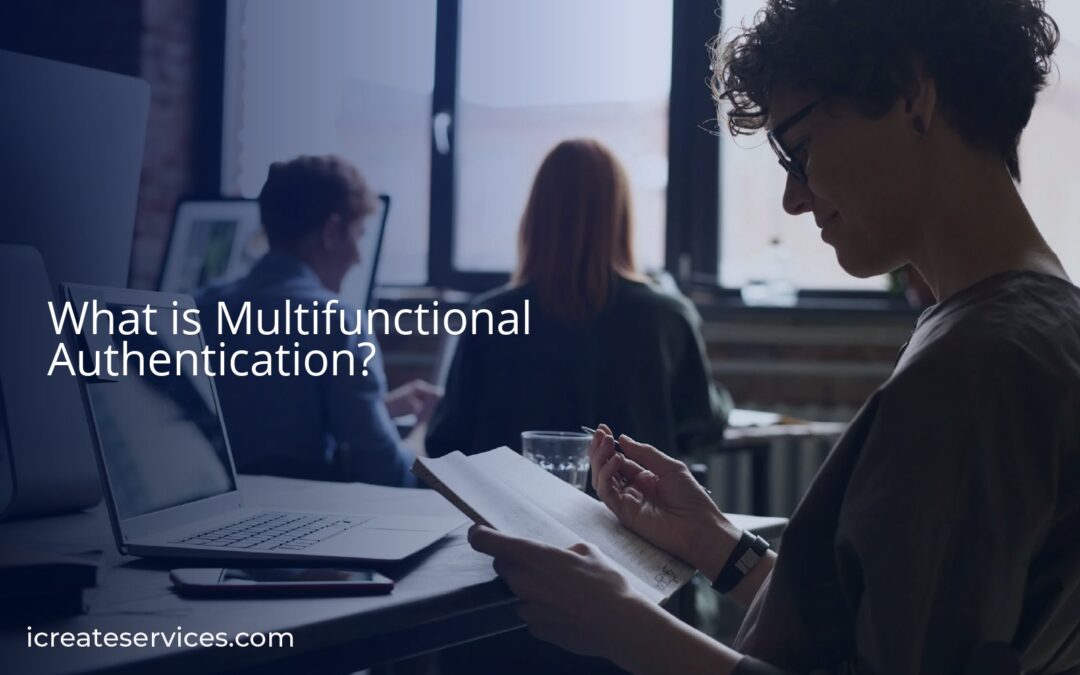Multifunctional authentication (also known as multifactor authentication) is a type of authentication that requires two or more factors to be present.
In other words, multifunctional authentication requires two types of credentials (something you know and possess) and a third type of credential (something you are). In the case of multifunctional authentication, something you are is a biometric, such as a fingerprint or iris scan.
Multifunctional authentication is becoming more popular because it’s considered more secure than other types of authentication. It’s also a good security policy because it can improve customer authentication and meet the minimum security requirements of most organizations.
The Benefits of Multi-Factor Authentication
Enhanced Security
Computers and mobile devices are not known for their resilience. If a hacker does get into your network, an executive or engineer with the right tools can use that information to steal your identity.
If you have multiple layers of security, the hacker has a harder time getting in. For example, if you’re using multifactor authentication with biometrics, the hacker needs two things to break in – a personal identification number (PIN) and a biometric. If you’re using it with smart cards or tokens, they need two more things – an account number and the card key to get access. Only if they have these three things can they get access to your network.
Decreased Costs
Multifactor authentication is more secure than single-factor authentication. This is why it costs less money and time for enterprises to implement it than for them to implement Single-Factor Authentication (SFA).
With SFA, companies must add another step or factor (a PIN) in addition to something someone knows (passwords or several “secret questions”). With SFA, hackers can steal and use passwords to break into networks because they know the passwords everywhere else on all of their accounts: banking cards and email accounts. This means each user must put on their hat as a security strategist daily and make sure they do not use common passwords like their birth date and pet’s name.
With multifactor authentication, an additional piece of information (a PIV card, smartphone credentials) is required before someone can access your network. This means the attacker must have three things the user doesn’t have so they can bypass the security measures you’ve put in place.
Better Control of Resources
Multifactor authentication offers businesses and governments a way better to manage the usage of their resources and services. As previously alluded to, multifactor authentication can also help enterprises stop employees from accessing and removing company documents, software, or data that is not authorized.
This might be the most valuable function multifactor authentication can serve: preventing unauthorized employees or contractors from getting sensitive information that needs to be protected. Without a multifactor authentication system, anyone with access to an employee’s credentials — regardless of how much they know — could potentially access the same types of data that you need security systems in place for.
Multi-factor authentication can prevent this by requiring three different kinds of identification before accessing sensitive information.
It Assures Customer Identity
Multi-factor authentication is being used today by millions of customers and employees – not just in the financial industry; companies across the board are using multifactor authentication for an array of uses, from helping to prevent identity theft to safeguarding sensitive or confidential information.
While there’s little doubt that multifactor authentication is working well for these customers, it’s important to note that this system doesn’t protect against cybercriminals who get inside your network and steal data. What it does do is ensure that only authorized users can access critical information.
With a multifactor authentication system in place, a cybercriminal will still have access to some or all of the company’s data, assuming they can get past any additional security controls on the systems with which they have access. The authentication reduces this risk by ensuring that only approved users can access data while protecting against unauthorized attempts at gaining access on their own.
So what is multifactor authentication?
Multi-factor authentication, also known as MFA, is one of the most effective security measures you can implement to protect your system. Users are not perfect when it comes to identity verification and password safety. That’s why a security solution involving more than one factor is a good idea. With more factors involved, it becomes harder for hackers to access your system.
- Demystifying Fuel Test Procedures and Standards - January 16, 2025
- The Benefits of SAP Invoice Management in Financial Processes - December 4, 2024
- Enterprise Software for Comprehensive Risk Management - July 29, 2024




